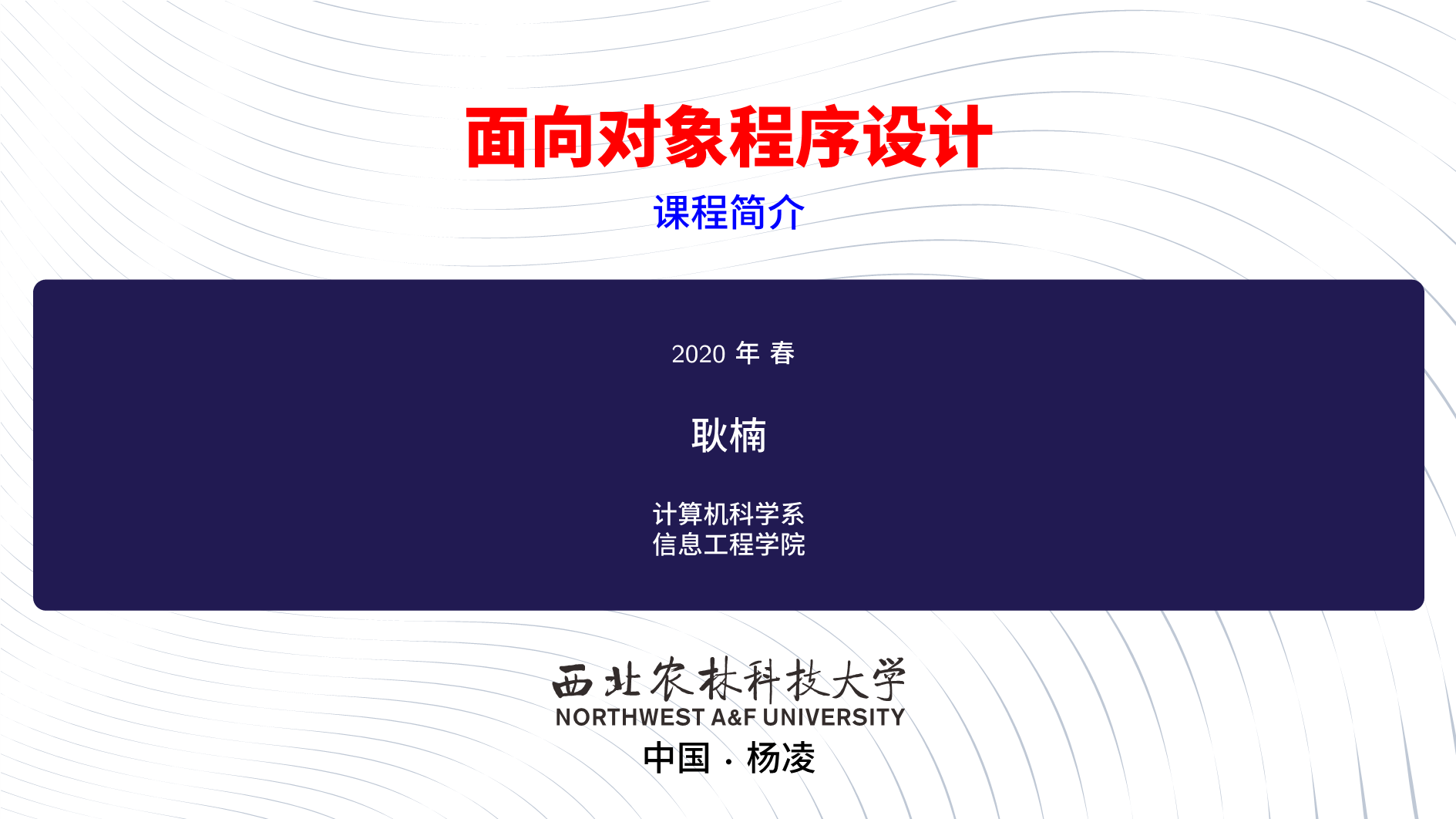发布时间:2011-07-07 02:49:39
文章类别:页面设置
原文地址:http://blog.sina.com.cn/s/blog_5e16f1770102dqgf.html
QQ群:91940767/145316219/141877998/80300084/194770436
淘宝店:http://latexstudio.taobao.com
技巧续篇:http://latexstudio.net/
常见数学公式问题集下载
原文如下:
One often requires that the abstract of a paper should appear across the entire page, even in a two-column paper. The required trick is:
\documentclass[twocolumn]{article}
...
\begin{document}
... % \author, etc
\twocolumn[
\begin{@twocolumnfalse}
\maketitle
\begin{abstract}
...
\end{abstract}
\end{@twocolumnfalse}
]
Unfortunately, with the above \thanks
won’t work in the \author list. If you
need such specially-numbered footnotes, you can make them like
this:
\title{Demonstration}
\author{Me, You\thanks{}}
\twocolumn[
... as above ...
]
{
\renewcommand{\thefootnote}%
{\fnsymbol{footnote}}
\footnotetext[1]{Thanks for nothing}
}
and so on.
As an alternative, among other facilities the abstract
package provides a \saythanks command and
a onecolabstract environment which remove the need to
fiddle with the \thanks and footnoting.
They can be used like this:
\twocolumn[
\maketitle % full width title
\begin{onecolabstract} % ditto abstract
... text
\end{onecolabstract}
]
\saythanks % typeset any \thanks
The memoir class offers all the facilities of abstract.
- abstract.sty
- macros/latex/contrib/abstract (or browse the directory); catalogue entry
- memoir.cls
- macros/latex/contrib/memoir (or browse the directory); catalogue entry




发表评论 取消回复